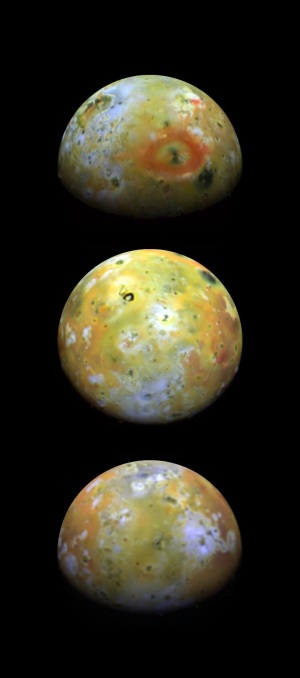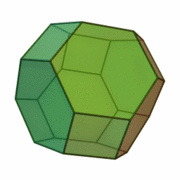This Week’s Finds in Mathematical Physics (Week 269)
Posted by John Baez
In week269 of This Week’s Finds, see more of Jupiter’s moon Io:

Then learn about honeycombs, the work of Kelvin, the Weaire-Phelan structure, and gas clathrates.
Posted at August 31, 2008 4:31 AM UTC



Re: This Week’s Finds in Mathematical Physics (Week 269)
John Baez wrote,
?